Interviews
Her mother came to the U.S. with a group of picture brides
I remember her telling us a story about how she was on this ship – a whole group of picture brides, women who were coming – and she said, “I remember thinking that these people were coming to marry guys that they had never even met,” and of course my mother didn’t know her husband that well either, because she had just married, and he left in a matter of weeks.
And so she said – but she felt kind of superior to them, because she would have already have been married, and knew her husband, so she said, “I remember that these women had these picture, you know, of their – their prospective husbands, and they were trying to match their faces” – they didn’t – and she thought that was quite extraordinary a process. They never – and they – and she used to tell us a story of how she came to this country.
Date: August 7, 2018
Location: California, US
Interviewer: Sharon Yamato
Contributed by: Watase Media Arts Center, Japanese American National Museum
Explore More Videos
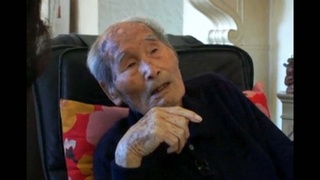

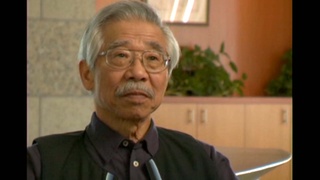
Family interrelations between mother and father
(1926 - 2012) Scholar and professor of anthropology. Leader in the establishment of ethnic studies as an academic discipline
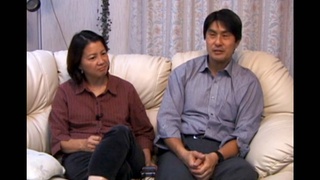
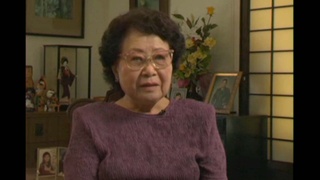
Going back to Hawaii
An expert researcher and scholar on Japanese immigrant clothing.

Picture brides and karifufu
An expert researcher and scholar on Japanese immigrant clothing.
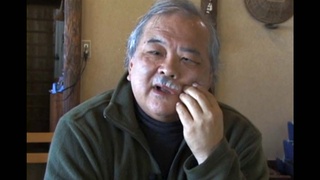
Grandmother's influence on decision to go to Japan
(b.1942) Japanese American ceramist, who has lived in Japan for over 30 years.
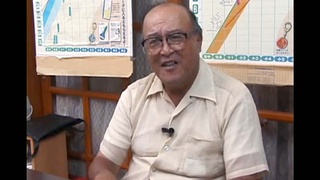
Impression of Japan upon arrival
(b.1935) American born Japanese. Retired businessman.

Kibei schoolchildren in Hiroshima, Japan
(b.1913) Kibei from California who served in the MIS with Merrill’s Marauders during WWII.
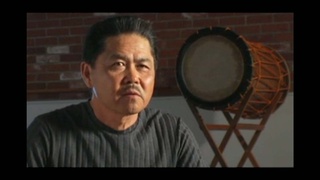
The reason he came to the United States (Japanese)
(1949 - 2019) Taiko player. Founded five taiko groups in Southern California
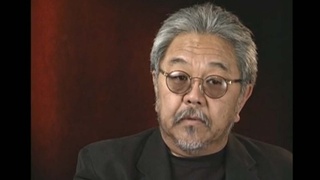
Grandfather's arrival in the U.S., experiencing discrimination
(b. 1939) Japanese American painter, printmaker & professor
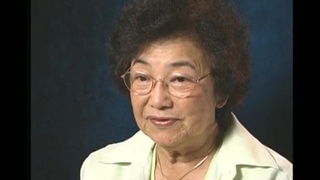
Mother's immigration to U.S. as a treaty merchant
(b. 1927) Japanese American Nisei. Family voluntarily returned to Japan during WWII.
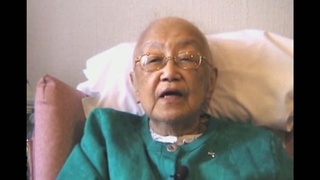
Why her parents came to Canada
(1918-2004) Interned in Slocan during World War II. Active member of the Japanese Canadian community.
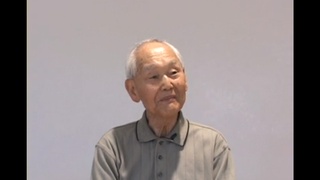
Family background of Fredrick Yoshihide Sasaki
(b. 1918) Issei businessman in Canada
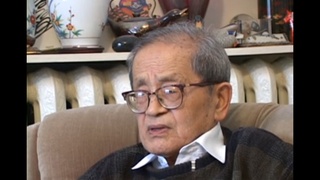
Chose to go back to Japan
(b.1924) Japanese Canadian Nisei. Interpreter for British Army in Japan after WWII. Active in Japanese Canadian community
